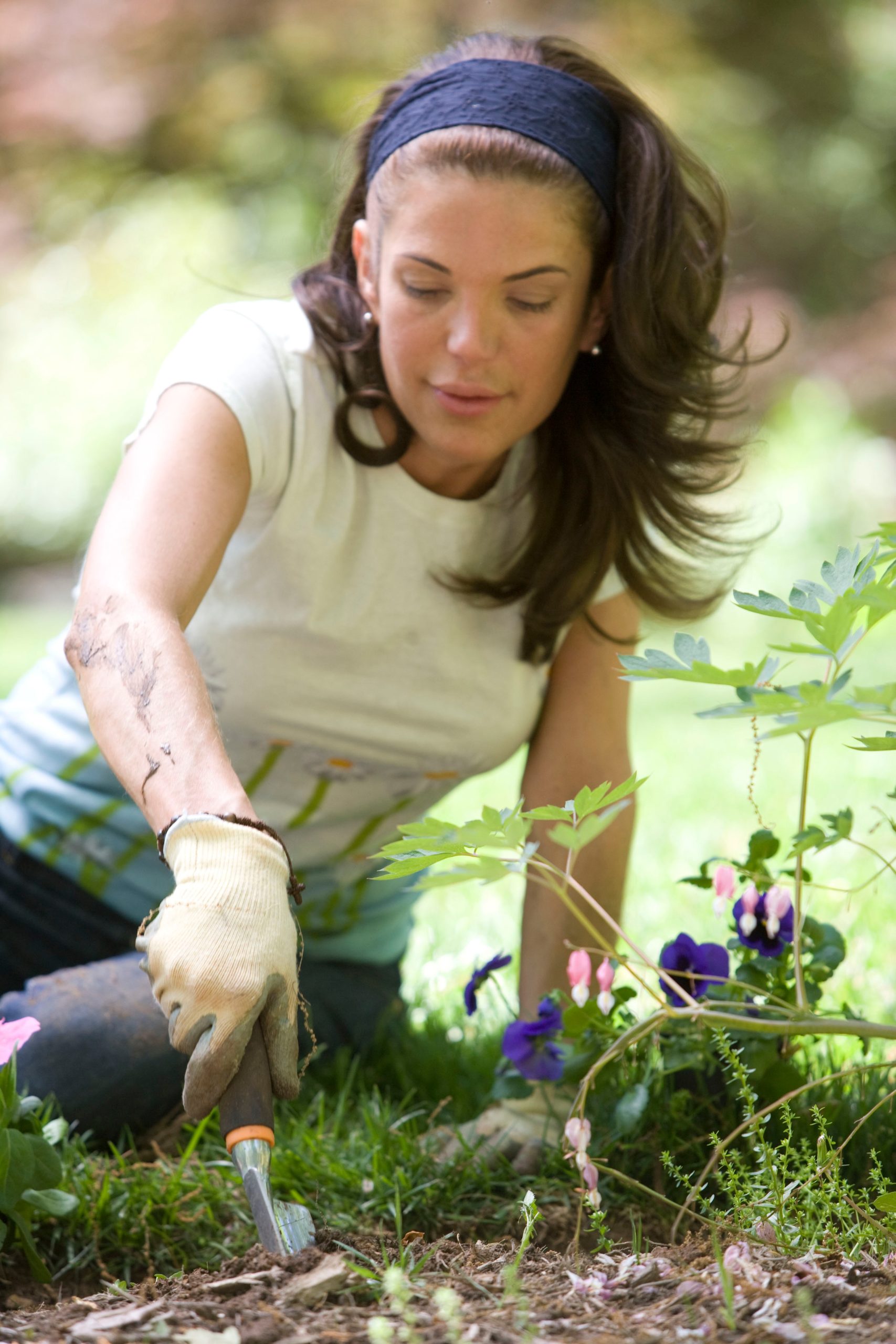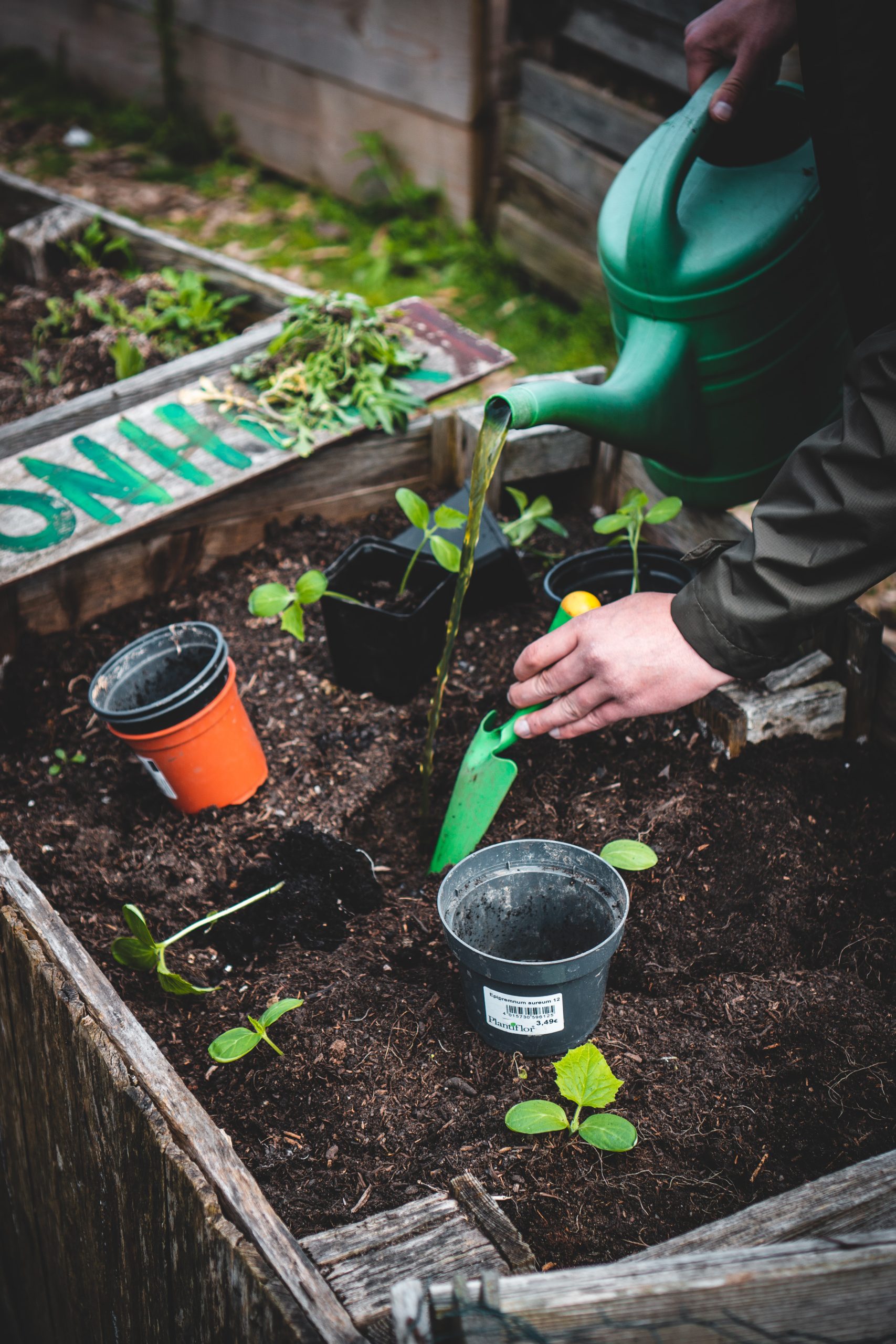As the world becomes more aware of the impact of climate change, there is an increasing need to promote sustainable practices, not just in the workplace but also in schools. One way to achieve this is by greening schoolyards. Transforming outdoor spaces into learning and play areas can promote environmental education, improve student health, and enhance community engagement.
According to research, access to green spaces can improve mental health, reduce stress, and promote physical activity. Children who spend time in green spaces are more engaged in their learning, have better academic performance, and are more likely to develop a sense of responsibility for their environment.
Green schoolyards can take many forms, from community gardens to natural play areas. These spaces can provide opportunities for students to explore, experiment, and learn through hands-on experiences. Gardening can teach them about plant life cycles, soil health, and sustainability. Natural play areas can provide opportunities for creativity, exploration, and physical exercise.
In addition to the benefits for students, greening schoolyards can also benefit the wider community. Community gardens can provide fresh produce for local residents, while natural play areas can encourage families to spend time outdoors and build social connections.
However, greening schoolyards requires more than just planting a few trees or installing a garden. It requires careful planning, community engagement, and ongoing maintenance. Schools need to involve teachers, students, parents, and community members in the design and implementation of green spaces. They also need to ensure that these spaces are accessible, safe, and sustainable.
To achieve this, schools can work with local organizations, such as environmental groups, government agencies, and non-profits, to develop partnerships and secure funding. They can also seek guidance from experts in landscape architecture, environmental education, and community engagement.
Greening schoolyards is not just a trend, it is a necessity. It can promote environmental awareness, improve student health and academic performance, and strengthen community ties. By transforming outdoor spaces into vibrant, sustainable learning and play areas, schools can create a positive impact on their students, their communities, and the environment.
In conclusion, greening schoolyards is a powerful way to promote sustainable practices, enhance student learning, and strengthen community engagement. Schools that invest in these spaces can make a positive impact on their students, their communities, and the environment. It is an investment that pays off in many ways, both now and in the future.








